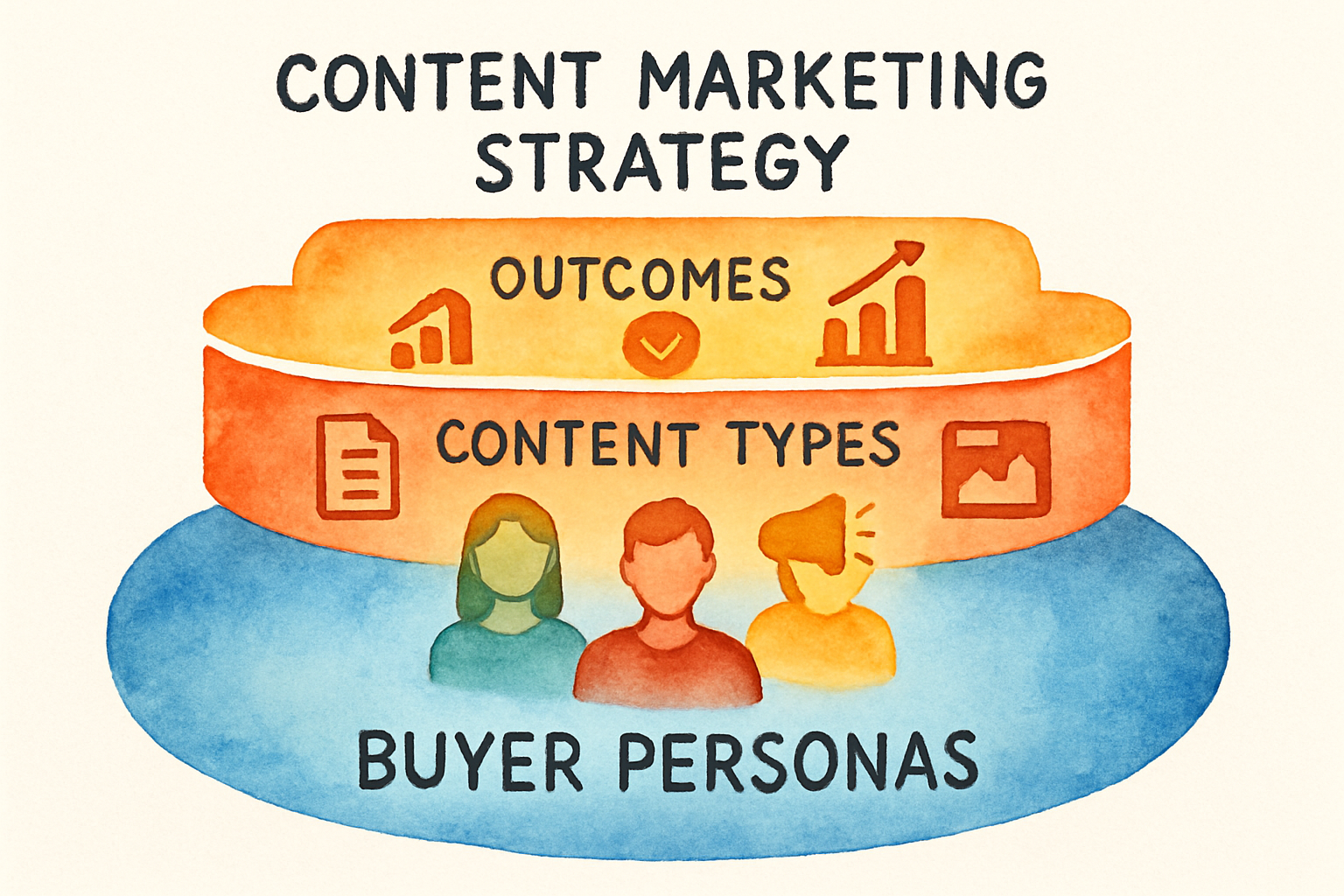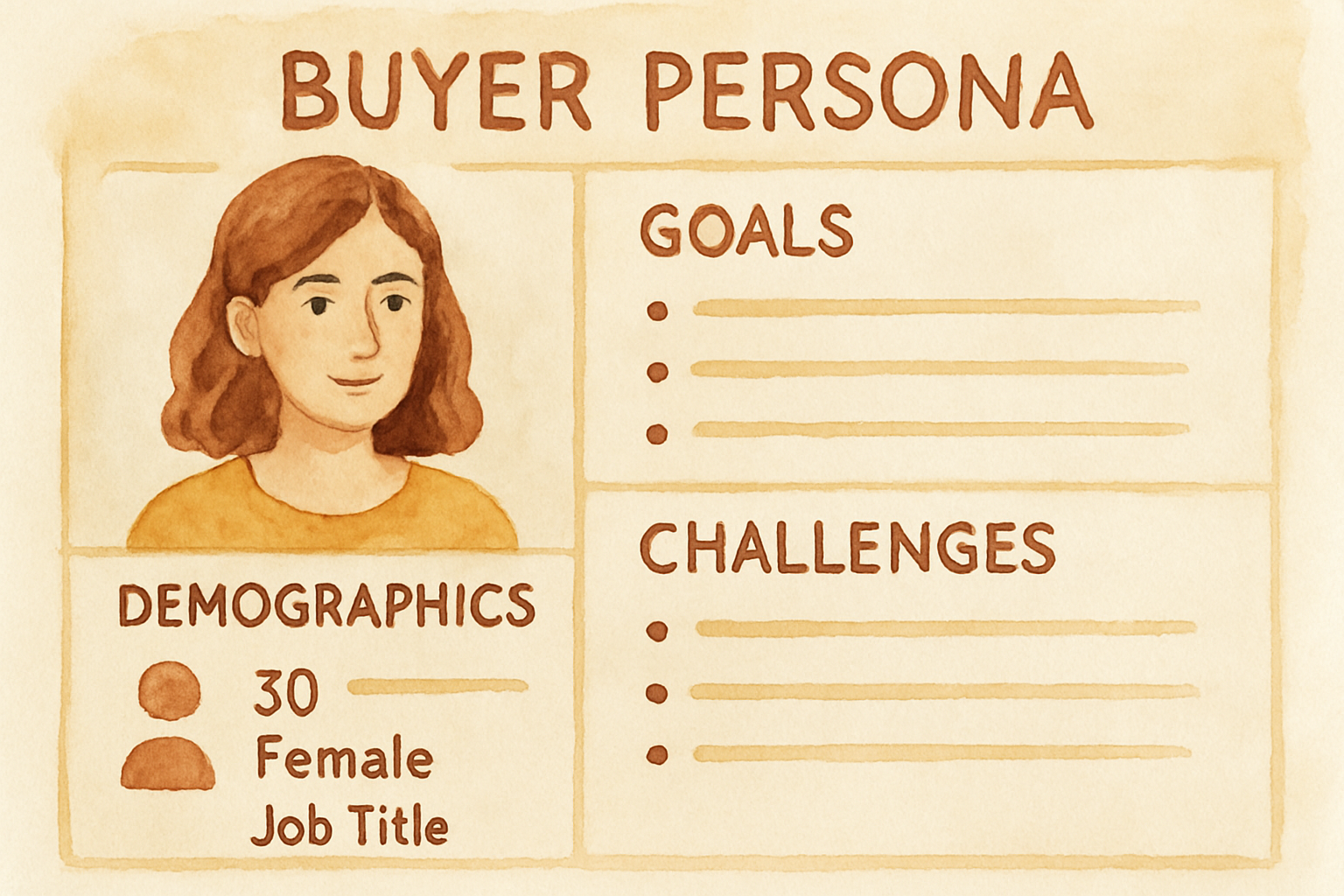Content marketing strategy is a cornerstone of modern business success.
But what are they, exactly?
This guide breaks down the essential components and insider tips of crafting a winning content marketing strategy.
Some are straightforward blueprints.
Some are complex, multi-layered plans.
Some focus solely on SEO.
Some prioritize storytelling and brand voice.
Some integrate data and analytics rigorously.
Let's dive right in.
What Is a Content Marketing Strategy?
A content marketing strategy is your master plan for using content to attract, engage, and convert your ideal customers while supporting your overarching business goals. It is the detailed roadmap guiding every piece of content you create and distribute.
Think of it as the “why,” “who,” and “how” behind your content efforts:
- Why: Why you are creating content—a purpose aligned with your business objectives.
- Who: Who you are targeting, including detailed customer personas.
- How: How you will create, optimize, distribute, and measure your content.
This strategy typically includes organizing your existing content, identifying gaps, selecting content types (blogs, videos, podcasts, infographics, email newsletters, etc.), aligning content with every stage of the buyer journey, and ensuring it resonates with your audience’s preferences and needs (source).
Successful content strategies often extend beyond digital to include print and offline channels, ensuring consistent messaging wherever your audience encounters your brand.

Why a Content Marketing Strategy Matters
Ever heard the phrase “content is king”? It highlights that without a purposeful, strategic approach, content alone won't generate the business results you want.
Here’s why having a robust content marketing strategy is crucial:
- Builds Trust and Authority: Consistently producing and distributing valuable content positions your brand as a knowledgeable authority in your industry, increasing credibility (source).
- Enhances Customer Engagement: With content tailored to your audience’s needs and interests, you foster deeper connections, leading to better loyalty and retention.
- Improves Lead Quality and Conversions: Strategic content addresses real problems and guides buyers at every stage toward purchase decisions, improving lead quality and accelerating conversions (source).
- Optimizes Resource Allocation: A strategy helps prevent wasted effort on irrelevant or ineffective content, streamlining your team’s focus.
- Enables Data-Driven Improvements: By setting goals and tracking performance metrics, you continuously refine your strategy for better ROI.
Given that content marketing can generate three times as many leads as traditional outbound marketing while costing 62% less, the importance of a dedicated strategy is clear (source).
Building Your Content Marketing Strategy Step-By-Step
Developing a successful content marketing strategy is a systematic process. Let’s unpack the seven essential steps with detailed insights:
1. Define Clear, SMART Goals
Start by defining what you want to achieve. Your goals should be:
- Specific: Clearly articulate the target outcome.
- Measurable: Identify how you will track success.
- Achievable: Set realistic objectives given your resources.
- Relevant: Align goals with your overall business strategy.
- Time-bound: Choose a timeframe for achieving them.
Examples include increasing qualified leads by 50% in 90 days or doubling email subscribers in two months (source).
2. Research and Create Audience Personas
Understanding your audience deeply is paramount. Develop buyer personas—fictional profiles representing segments of your customers based on demographics, psychographics, goals, challenges, and buying behaviors.
This level of detail enables highly targeted content that speaks directly to your audience’s interests and pain points, increasing relevance and engagement (source).

3. Conduct a Comprehensive Content Audit
Before creating new content, evaluate your existing assets:
- Which content performs well and aligns with your goals?
- What gaps exist where new content can add value?
- Are there underperforming pieces to update or remove?
Audit your competitors as well. Understanding their strategies helps uncover untapped opportunities and set new standards for your content quality (source).
4. Choose the Right Content Types and Formats
Pick content types based on your audience preferences and buyer’s journey stages. Some common content types include:
- Blog posts for thought leadership and SEO
- Videos and podcasts for storytelling and demoing products
- Email newsletters for nurturing leads
- Case studies and whitepapers for decision-stage buyers
- Social media posts for awareness and engagement
- Infographics and templates for shareable insights
Tailor content formats to the platform, applying SEO best practices for websites and social tactics for social channels (source).
5. Develop a Content Calendar and Plan
Organize your content production timeline with an editorial calendar. Scheduling content ahead ensures a consistent output, critical for staying visible and relevant online.
Include details on content topics, formats, responsible teams, publishing dates, and channels.